When my oldest son started kindergarten two years ago I thought of all the fun and cute lunches I could pack for him. I have always been drawn to Pinterest boards of beautiful lunches that included sandwiches shaped like stars and hearts, vegetables arranged like a rainbow, and fruit kabobs made to look like animals, so we started the year out that way.
Reality hit when that beautiful lunch came home looking very much like it did when I packed it. When I asked my son why he did not eat his lunch he said, “Mommy, you packed me way too much food and I have to eat quickly.”
Every school is different, but some children may only get 15 minutes to eat their lunch. Most children are not only eating lunch, but also spending that time socializing with friends. For some children this socialization can be an important part of their day. Shortened time for a meal can really impact how a child eats lunch. Other factors that can affect a child’s intake at lunch time can include:
• A child’s desire to not eat foods that are too messy
• Loose or lost teeth that can make eating certain foods difficult
• Being overwhelmed by having too much food packed in the lunch box
The following are some suggestions that can help parents manage many of these issues:
Avoid over packing. If you pack a lot of food and your child eats it without a problem, then this is not a concern. However, because of a limited amount of time to eat, many children can be overwhelmed by too much food in their lunch boxes. This does not mean that you will need to pack a less nutritious lunch. I recommend packing smaller portions from at least four food groups.
Do not pack multiple containers. Many children will open one container of food at a time and eat it. It may take small children more time to open each container; therefore, if they do not open it (or can’t open it), they don’t eat it. Some children find it helpful to pack their lunches in a “bento” box. This is a container that has 3-4 compartments and one lid to cover it all. This way only one lid needs to be removed and they can see the entire contents of their lunch.
Pack foods that are easy to eat. Some children may have trouble eating because they have lost teeth or are going through the process of losing teeth – and their front teeth can be especially problematic. I recommend tweaking the foods you typically pack for your child to accommodate their changing bite. Try packing foods that don’t require biting with their front teeth. The following foods, because of their smaller size, can be chewed on the side of their mouths:
- Lunch meat, lettuce and a cheese roll-up (instead of a sandwich)
- Pineapple spears or thin slices of apples or pears (instead of small pieces of fruit that may require a spoon or fork)
- Cheese sticks, squeeze yogurt, and fruit pouches are great examples of easy-to-eat foods
Pack the foods that will give them the most nutrition. If you want your child to eat fruits, vegetables, and a protein, then only pack those items. Most children are hungry for lunch. As long as they have been involved in choosing the foods they like in their lunch they will eat them. An example lunch would include a fruit, vegetable, and lunch meat, cheese, and lettuce roll-up on whole wheat tortilla with water to drink. A treat is okay to include in lunch occasionally, but I would recommend only packing small amounts. Packing a small amount will not give a child enough to fill up on it.
It is recognized that some children may have medical problems, food allergies, or sensory/behavioral issues that make eating a variety of foods difficult. If you are concerned about your child’s food intake while they are at school, talk with your pediatrician and determine if a referral to a registered dietitian is appropriate.

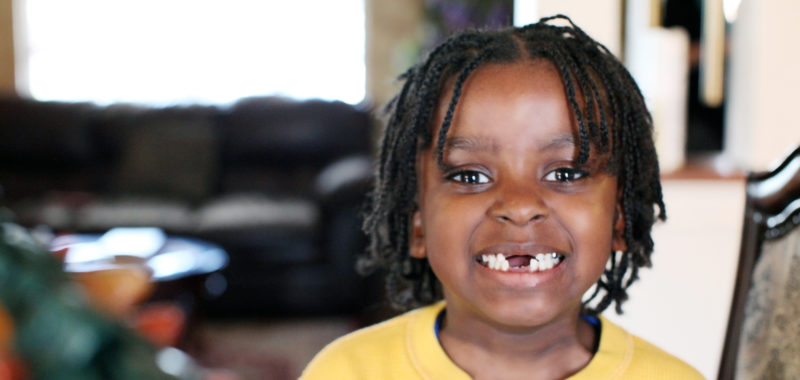
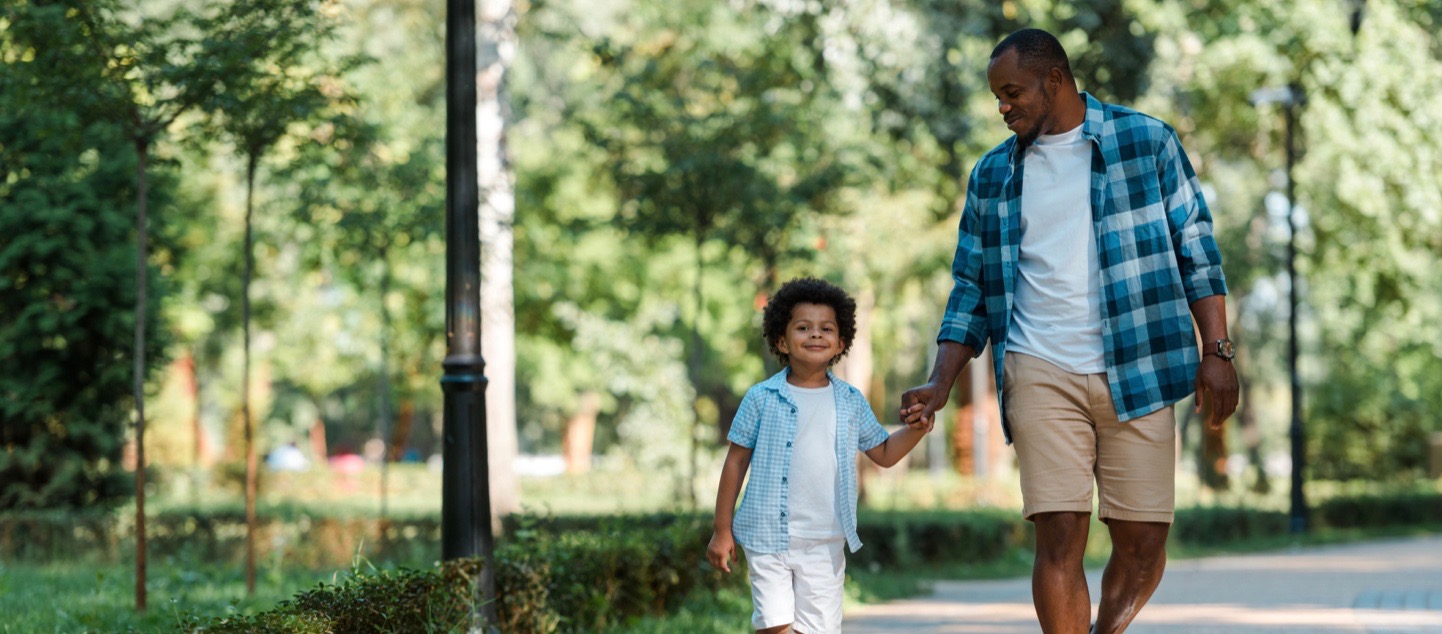
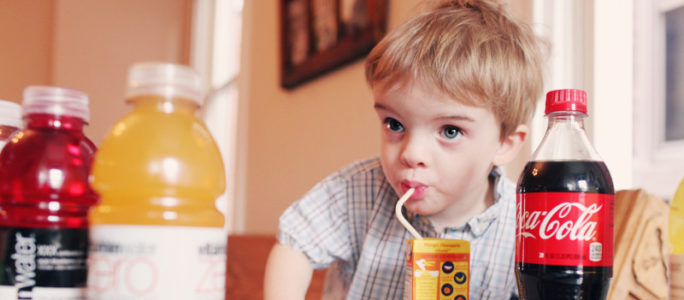
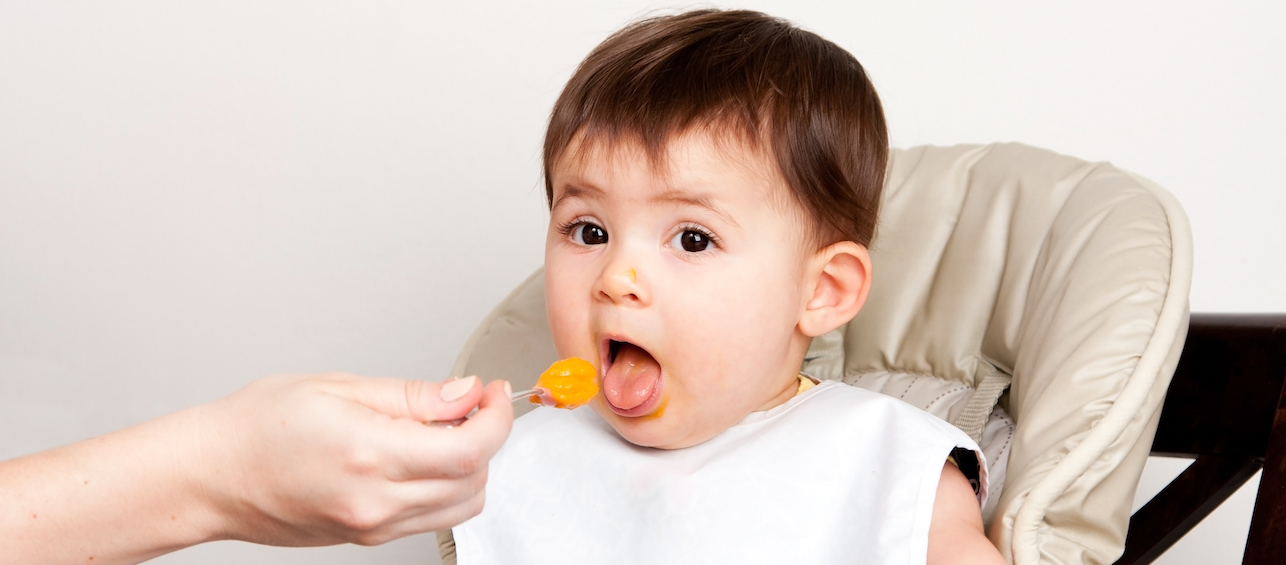
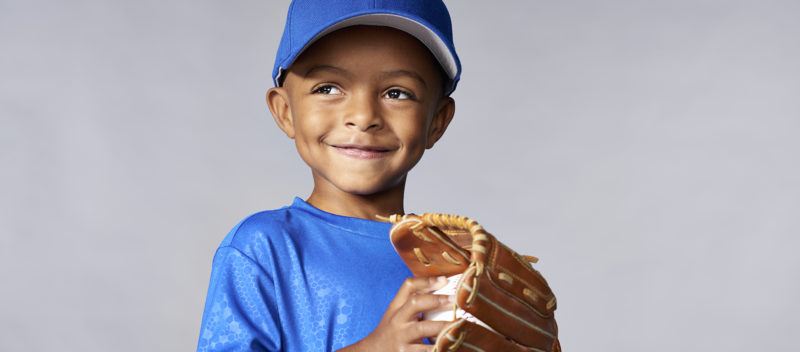

Loved this article Amy! I am going to share it with my daughter whom packs for my grandson in kindergarten. He doesn’t like to buy lunch, and will help her pack his lunch. We miss you at OPM!